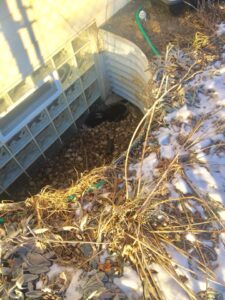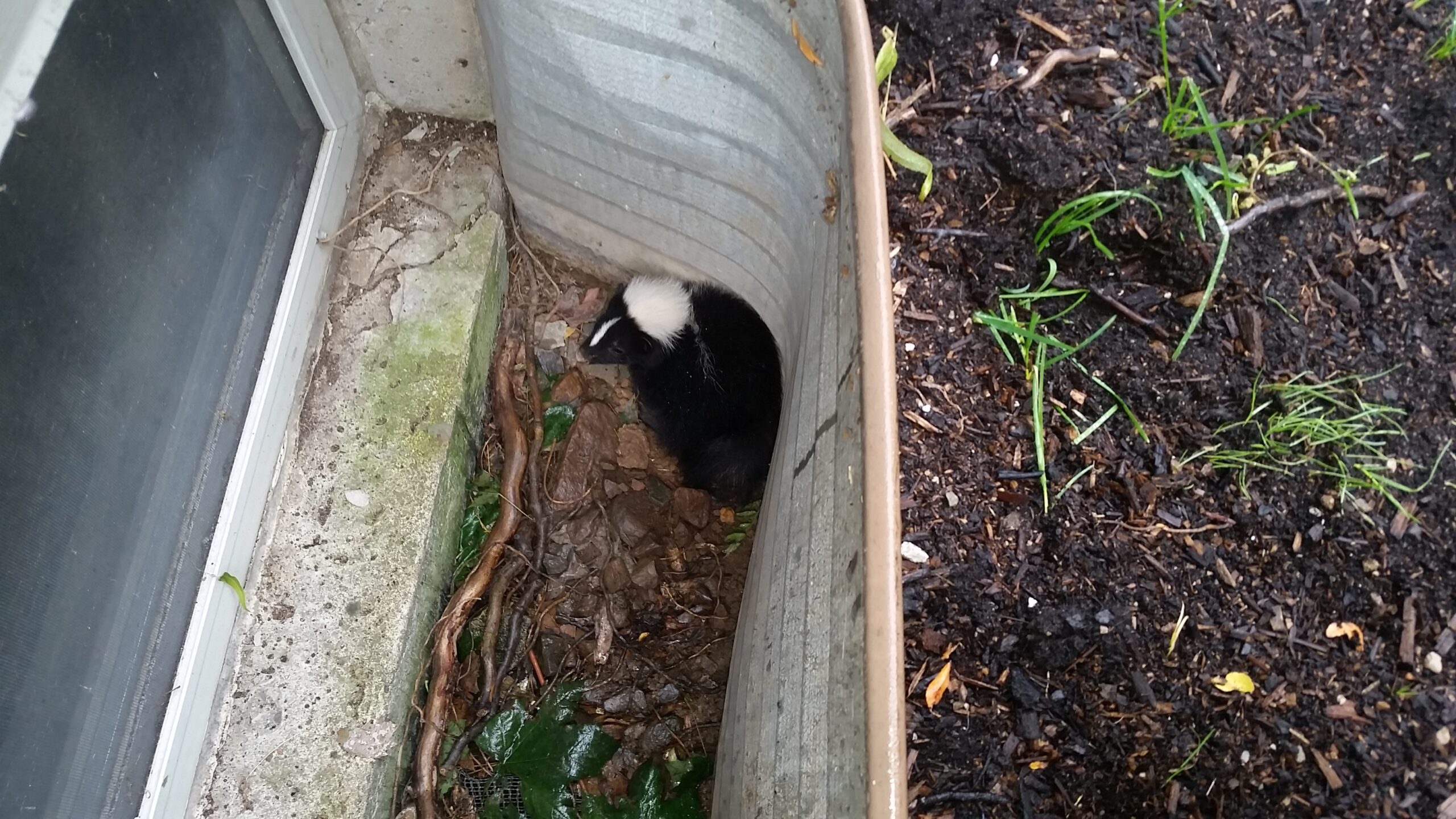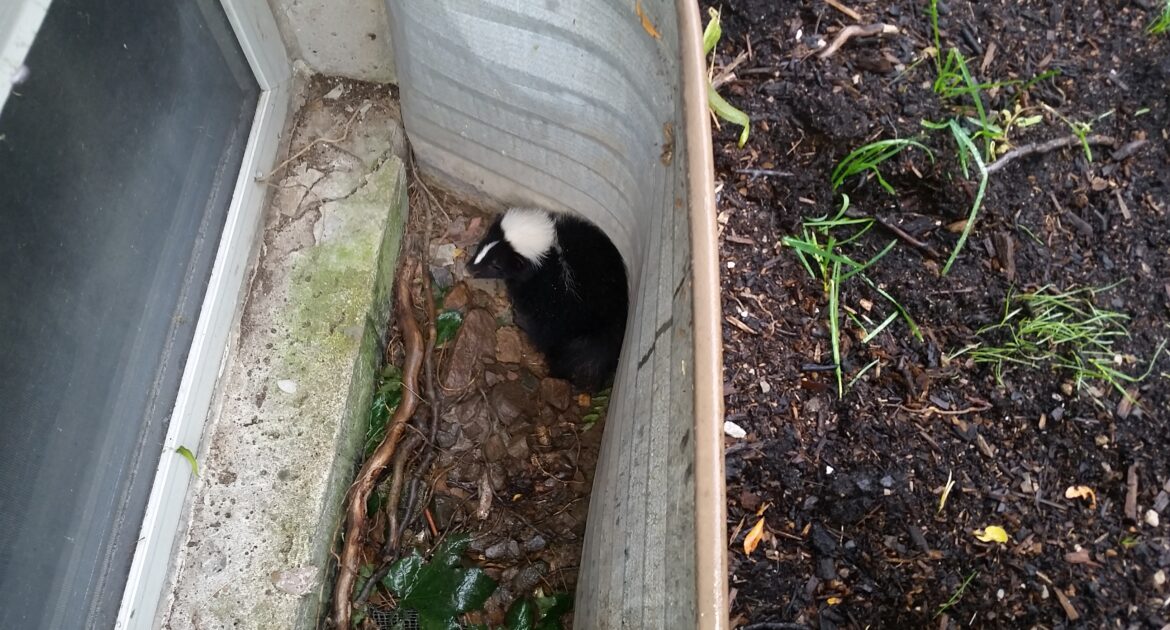Have you ever been in the basement, looked out the window, and seen two beady black eyes staring back at you? Window wells are prone to collect debris such as leaves and dirt, but unfortunately, they can also trap animals, especially ones who are particularly bad at climbing like skunks. Milwaukee animal control can rescue an animal from this dangerous situation.
Why Skunks Get Trapped in Window Wells
The construction of window wells is a popular way to convert a home’s deep basement into a livable space. While sunlight and fresh air are welcome additions, the wells themselves can be troublesome. Besides filling up with snow, water, and leaves, they also tend to act as traps for some wild animals. Similar to a pitfall trap, they work by creating a drop-off that an unwary animal cannot see. In some cases, the wells are unintentionally baited with worms and grubs that live in the bottom and that attract a predator’s attention. An animal can reach in, lose its balance, and fall inside.
More than any other animal, skunks are prone to occasionally find themselves at the bottom of a window well. One reason this happens is that skunks have bad eyesight. One test of their visual acuity showed it to be 0.42 cycles per degree in bright sunlight; for comparison, normal human visual acuity is 30 cycles per degree. So skunks don’t see well even under the best conditions, and at night, when they are most active, they are practically blind. Their best senses are smell and hearing. So when a skunk smells a worm at the bottom of a window well, it doesn’t perceive the danger associated with trying to catch it. While its cousin the eastern spotted skunk readily climbs trees, the more commonly seen striped skunk, sadly, is a terrible climber. Once it falls in the window well, it is not able to climb back out on its own.
What Not to Do
The fact that skunks emit a foul-smelling liquid when frightened complicates the issue of how to handle the situation. If the skunk appears to have been injured in the fall, is foaming at the mouth, or is otherwise acting in an abnormal or unusual manner, you should call us right away. If the animal seems healthy, then you have time to evaluate the best course of action. Here are a few things not to do:
- Don’t allow pets to investigate
- Don’t invite neighbors to look at the skunk
- Don’t attempt to lure the skunk out with food
- Don’t touch it
- Don’t capture it with a rope
- Don’t open the window to let the skunk inside the basement
What to Do
 There are a few methods that might help the skunk get out on its own but be cautious and prepared. The skunk does not know you are trying to help, and it may become frightened during the process and react by spraying. It may seem simple to just take the risk and put in a rough board placed at a 45-degree angle to make a ramp so that the skunk can just climb out but unfortunately it may not end well for you.
There are a few methods that might help the skunk get out on its own but be cautious and prepared. The skunk does not know you are trying to help, and it may become frightened during the process and react by spraying. It may seem simple to just take the risk and put in a rough board placed at a 45-degree angle to make a ramp so that the skunk can just climb out but unfortunately it may not end well for you.
The simplest, safest, and most effective thing to do is to call Skedaddle Humane Wildlife Control. We will humanely remove the skunk and determine whether it is injured. Afterward, we can help make sure that this situation does not occur again. We will inspect your home and recommend the best coverings for your window wells. We can also seal other likely places a skunk might enter. If the skunk has sprayed or otherwise made a mess, we will also clean and deodorize the area. Call us to get help with trapped skunks or to discuss any other wildlife concerns.




